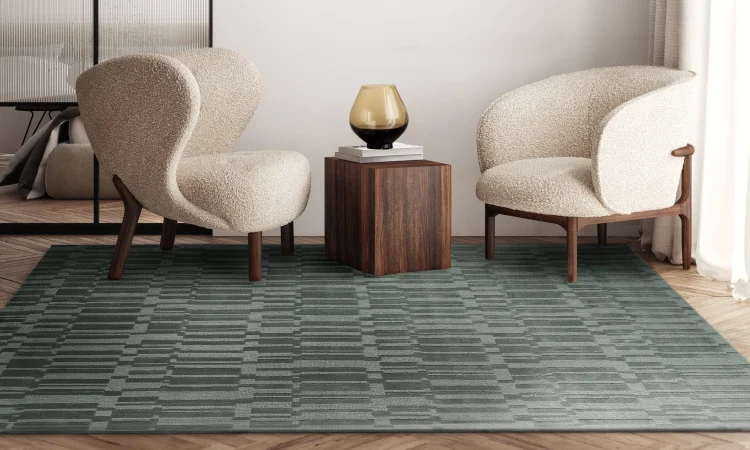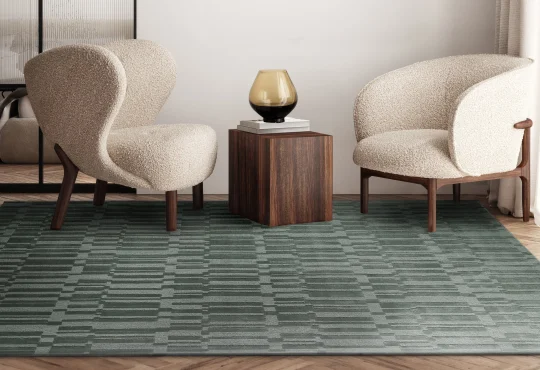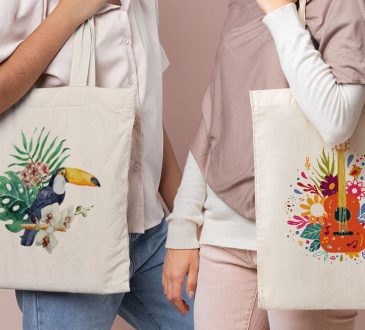Hand Knotted Rugs That Work Well with Both Light and Dark Flooring

Choosing the right rug can feel overwhelming when you have to consider your existing flooring. Light hardwood, dark tiles, or anything in between—each floor type presents its own design challenges. Hand knotted rugs offer a solution that works across the spectrum, but knowing which styles complement both light and dark floors makes all the difference.
The key lies in understanding color relationships, patterns, and textures that create balance rather than conflict. When you buy rugs online in India, you’ll find countless options, but not all will work seamlessly with different floor colors. This guide breaks down the essential factors that help you select hand knotted rugs that enhance your space regardless of your flooring choice.
Smart rug selection starts with recognizing what makes certain designs versatile. The right piece grounds your room while adding warmth and character, whether you’re working with blonde oak or deep walnut floors.
Light vs Dark Flooring: What You Need to Know
Light floors reflect more natural light, making rooms feel spacious and airy. Pale hardwood, light oak, or cream tiles create bright foundations that can handle bold rug colors without overwhelming the space. These floors pair well with both subtle and dramatic rug choices.
Dark floors absorb light and create rich, sophisticated backdrops. Deep mahogany, espresso hardwood, or charcoal tiles provide striking contrast opportunities. They work beautifully with lighter rugs but can also support carefully chosen darker designs.
Medium-toned floors fall somewhere between these extremes. They offer the most flexibility since they neither compete strongly with light rugs nor disappear under dark ones.
Color Choices That Work Across Floor Types
Neutral hand knotted rugs create the most versatile foundation. Cream, beige, soft gray, and warm taupe work equally well on light and dark floors. These colors provide enough contrast against dark surfaces while adding depth to light ones.
Rich jewel tones like deep blue, emerald green, and burgundy create stunning focal points on light floors while maintaining their beauty on darker surfaces. The key is choosing saturated colors rather than muddy or muted versions.
Two-tone designs offer another smart approach. Rugs that combine light and dark elements—like cream backgrounds with charcoal patterns—create balance on any floor color. The lighter portions pop against dark floors while the darker elements provide grounding on light surfaces.
Pattern Selection for Maximum Versatility
Geometric patterns with strong contrast work well across different floor types. Think bold diamonds, clean stripes, or structured medallions in contrasting colors. These designs maintain their impact regardless of the underlying floor color.
Traditional motifs with balanced color distribution adapt to various settings. Persian-inspired patterns that incorporate both light and dark elements create visual interest without clashing with your floors.
Abstract designs with organic shapes offer modern versatility. These patterns tend to be more forgiving with floor color combinations since they don’t follow strict geometric rules that might compete with flooring lines.
Scale matters significantly in pattern selection. Large-scale patterns work better in spacious rooms, while smaller, more intricate designs suit compact spaces. This principle applies regardless of your floor color.
Material and Texture Considerations
Wool hand knotted rugs provide the most reliable option for versatile floor pairing. Wool’s natural variations in tone and texture complement both light and dark surfaces while offering durability and easy maintenance.
Silk accents add subtle sheen that enhances the rug’s appearance under different lighting conditions. This quality helps the same rug look appropriate on various floor colors as lighting changes throughout the day.
Cotton foundations create stable, flat surfaces that work well in high-traffic areas. When you buy rugs online in India, cotton-foundation pieces often offer excellent value while maintaining the hand knotted quality you want.
Mixed materials combine different textures for added visual interest. These rugs often incorporate multiple tones naturally, making them adaptable to different flooring situations.
Room-by-Room Recommendations
Living rooms benefit from larger hand knotted rugs that anchor seating areas. Choose pieces with enough visual weight to ground furniture groupings without overwhelming the floor color. Medium-contrast designs work best in these central spaces.
Bedrooms call for softer, more subtle approaches. Lighter rugs work beautifully beside dark beds and flooring, while medium-toned pieces complement light floors without competing for attention.
Dining rooms need rugs that handle both visual and practical demands. Choose hand knotted pieces in colors that hide minor stains while providing enough contrast to define the dining space clearly.
Entryways require durable options that make strong first impressions. Bold patterns with balanced color distribution work well here, setting the tone for your home’s style regardless of your floor color.
Maintenance for Long-Term Versatility
Regular vacuuming maintains the rug’s appearance and prevents dirt from dulling colors that work well with your floors. Use appropriate vacuum settings for hand knotted pieces to avoid damage.
Professional cleaning every 12-18 months keeps colors vibrant and ensures your investment continues looking great with your flooring choice. This maintenance becomes especially important for lighter rugs on dark floors, where dust shows more readily.
Rotation prevents uneven wear patterns that might affect how well your rug works with your floors. Turn your hand knotted rugs periodically to ensure even aging and color retention.
Proper padding protects both your rug and floors while improving comfort and safety. Choose padding appropriate for your specific flooring type to prevent slipping or scratching.
Making Your Final Selection
When you buy rugs online in India, focus on pieces that incorporate multiple colors rather than single-tone options. This approach gives you more flexibility to work with different floor colors and room changes over time.
Consider your lighting conditions carefully. North-facing rooms with cooler light might benefit from warmer rug tones, while south-facing spaces can handle cooler colors. The same hand knotted rug might look different depending on your room’s natural light exposure.
Think about your long-term plans. If you might change flooring in the future, choose rugs that offer maximum versatility rather than pieces that only work with your current floors.
Creating Lasting Design Success
Hand knotted rugs that work well with both light and dark floors share common characteristics: balanced color palettes, appropriate scale, and quality construction. These pieces adapt to changing decor while maintaining their beauty and function.
The best choices combine practical considerations with personal style preferences. Your rug should enhance your space regardless of floor color while reflecting your taste and lifestyle needs. When you focus on versatile design elements and quality construction, you’ll find pieces that serve your home beautifully for years to come.
Start your search by identifying rugs with the balanced characteristics outlined here, then narrow down based on your specific room requirements and style preferences.








